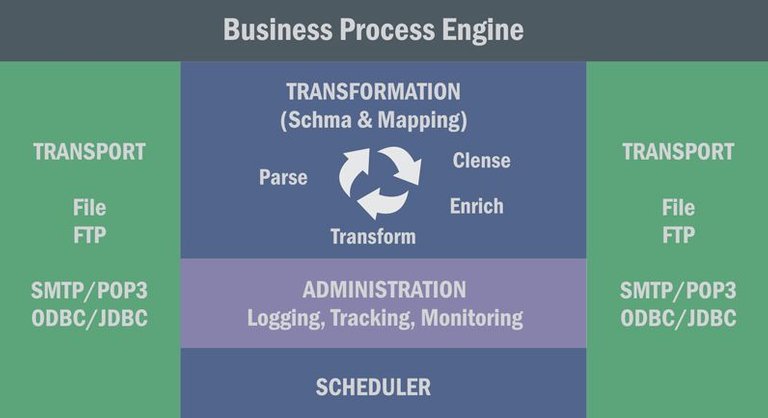
Organizations are deploying differentiated applications and processes to enable modern ways of working, respond faster to changes, reduce business risks, and minimize cost. During this process, organizations are creating distinctly segmented and unstructured data models siloed across enterprise wide information systems. Inconsistent and unstructured source data require brute manual coding to map data from one format to another. An API led approach to map data is time consuming and complex. Smarter companies are embracing advanced integration frameworks for processing huge volumes of information quickly and accurately.
Here are some prominent reasons that organizations must stay equipped with an automated data mapping solution:
Exponential Growth in Data Mapping Projects: Data mapping is not an afterthought anymore and it is a necessity. Because of Information systems fail to converse with each other when data elements from incompatible data sets fail to produce a defined use case. Let’s take the example of Healthcare Industry where data is defined by different codes, i.e., ICD-9, ICD-10-CM/PCS, HCPCS, etc. Healthcare agencies use such codes for audit and compliance purposes and healthcare companies must have robust measures in place to share data accurately and avoid penalties. Automated data mapping tools create streamlined linkage between electronic data systems and ensure standard representation of data.
Manual Data Mapping is Cumbersome: Traditional data mapping is intensive, tedious, and error prone. It is suitable for exchanging data between only those applications which shared the same kind of information and data elements. On the contrary, a lightweight and automated solution enables perfect data mapping and accurate reviews on data.
Migrates Data from Legacy Systems to Modern Database: Businesses are adapting new technologies with a view to gain efficiency, consistency, and reliability in the market. During the transformation process, businesses face treacherously difficult problems in migrating legacy data to new environment as old data elements are not compatible with new data structures.
Apart from this, there are architectural differences between legacy and new systems which make data mapping extremely tedious. In big integration projects, time is really small and critical which business leaders cannot afford to lose on data transformation.
Minimizes Risk to Data: Data is the lifeblood for any organization and hence they need better visibility and controls to prevent their information from vulnerabilities. Advanced data mapping capabilities include ways to identify and remediate conditions which threaten the organizational data. Sensitive data can also be masked with advanced options for data classification.
Accelerates Information Exchange: Advance data mapping solutions convert transactional data accurately and make the information exchange fast & smooth. Partners exchange the business data in time without delay and achieve efficiency and business agility. This helps organizations in accelerating time to revenue and becoming more productive.
Ensures Data integrity & Diligence: Automated data mapping ensures integrity of data while mapping it to other formats. Advanced solution conducts validation and checkups of data and makes it consistent for primary and secondary usage. This ensures that only accurate, and quality data is being exchanged with partners.
Traditional data mapping methods create several data integrity problems for organizations. In such scenarios, an automated data mapping tool addresses overwhelming needs and ensures seamless exchange of electronic data in a rapidly changing environment. An advanced solution avoids risks and adverse outcomes which can jeopardize the organizational data.
Congratulations @justiceaditya! You received a personal award!
You can view your badges on your Steem Board and compare to others on the Steem Ranking
Vote for @Steemitboard as a witness to get one more award and increased upvotes!